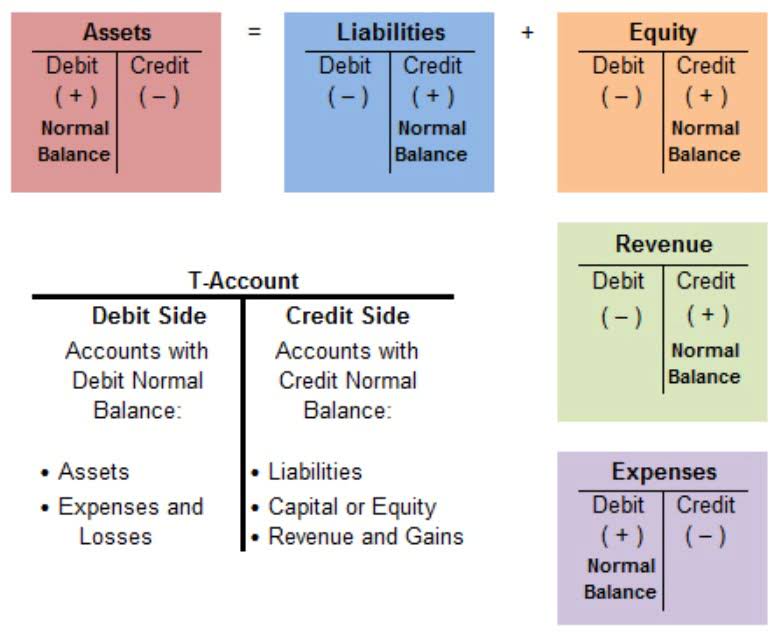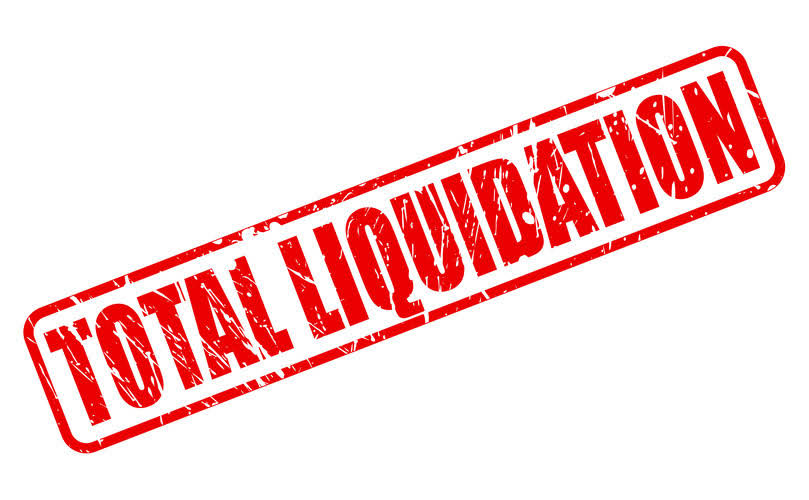
A bank balance is the ending cash balance appearing on the bank statement for a bank account. The bank balance can also be derived at any time when an inquiry is made regarding the bank’s record of the cash balance in an account. This procedure may (and usually does) require some journal entries in the company’s accounting records to record such items as interest income and bank service fees. There may also be timing differences that do not require journal entries, such as deposits in transit and uncashed checks. Bank book balance statement balance and cash book balance are two different financial records that are used to track and reconcile a company’s financial transactions. The bank statement balance refers to the amount of money shown in the bank statement, which is provided by the bank and includes all the transactions made by the company.
Temporary Account
These three situations illustrate why adjusting entries need to be entered in the accounting software in order to have accurate financial statements. Unfortunately the accounting software cannot compute the amounts needed for the adjusting entries. A bookkeeper or accountant must review the situations and then determine the amounts needed in each adjusting entry. Sometimes a bill is processed during the accounting period, but the amount represents the expense for one or more future accounting periods. For example, the bill for the insurance on the company’s vehicles might be $6,000 and covers the six-month period of January 1 through June 30. If the company is required to pay the $6,000 in advance at the end of December, the expense needs to be deferred so that $1,000 will appear on each of the monthly income statements for January through June.

Bank Reconciliation Outline
- The most common deposit in transit is the cash receipts deposited on the last business day of the month.
- The current accounting period’s earnings (or net income) will be added to this account and the current period’s dividends will be deducted.
- Moreover, regular reconciliation helps in identifying patterns and trends in cash flow.
- For example, the amount $789 might be incorrectly recorded as $798, resulting in a difference of $9.
- In this concluding section, we will discuss the importance of these concepts and how they differ from one another.
- The booked balance is the closing ledger balance (booked funds) given in the end of day statement (MT940).
It provides an accurate representation of the funds available in https://www.bookstime.com/ the account, taking into account any pending transactions or checks that have not yet cleared. This makes it an essential tool for businesses and individuals to monitor their cash flow and ensure that their records align with the bank’s records. The bank statement balance refers to the amount of money recorded by the bank in a particular account at a given point in time.
Balance Sheet

A few examples include an NSF check, a check drawn on a checking account that was closed, and a check where the maker of the check has what are retained earnings stopped payment. This transaction results in the bank’s assets decreasing by $1,000 and its liabilities decreasing by $1,000. It is helpful for a company to have a separate general ledger Cash account for each of its checking accounts. For instance, a company will have one Cash account for its main checking account, a second Cash account for its payroll checking account, and so on.

- These charges won’t be recorded by your business until your bank provides you with the bank statement at the end of every month.
- After adjusting all the above items, you’ll end up with the adjusted balance as per the cash book, which must match the balance as per the passbook.
- Transactions such as checks written or deposits made may not be immediately reflected in the bank’s records.
- Placing a strong emphasis on adhering to accounting standards and compliance regulations ensures that the financial data is accurate and meets external reporting requirements.
In accounting, a company’s cash includes the money in its checking account(s). To safeguard this critical and tempting asset, a company should establish internal controls over its cash. Cross-referencing transactions recorded in the books with those on the bank statement helps identify mismatches. This step ensures book and bank balances reflect the true financial position. For example, a check issued by a company is recorded in the book balance immediately but only appears in the bank balance once processed.
